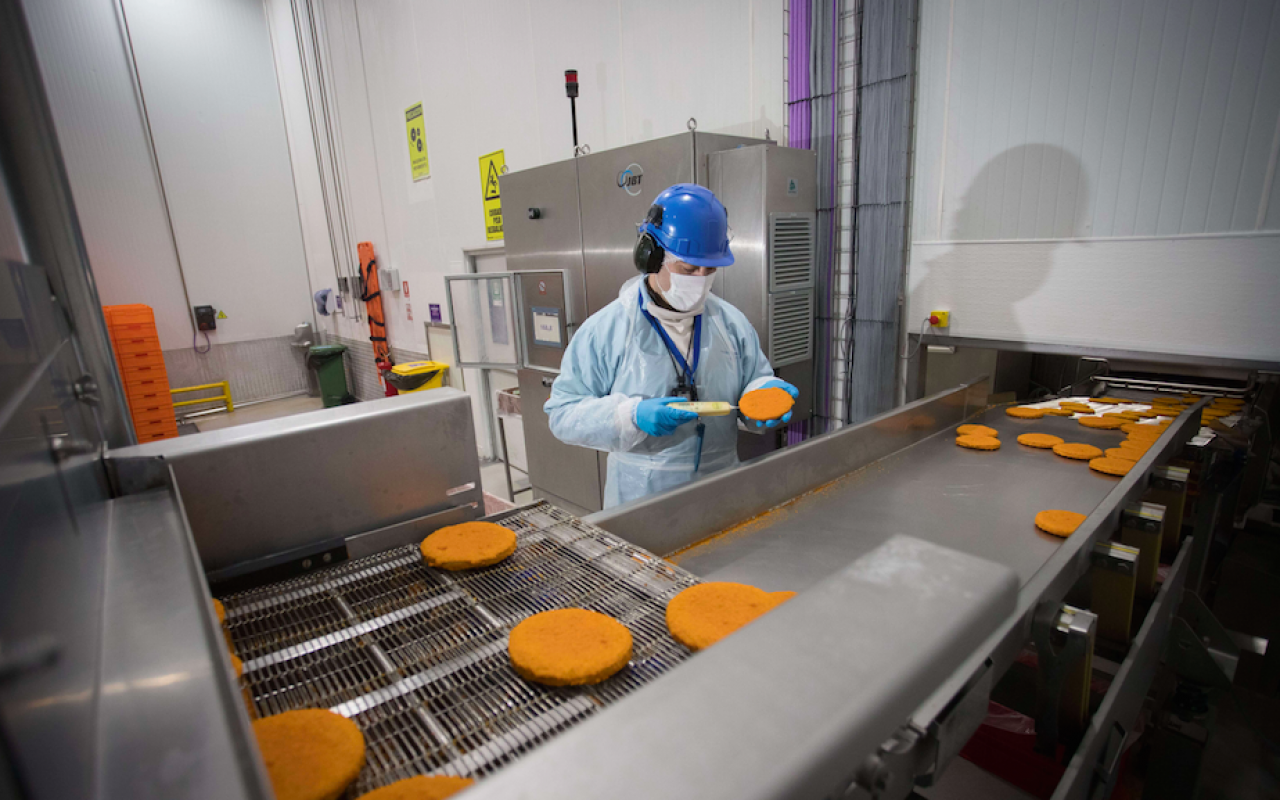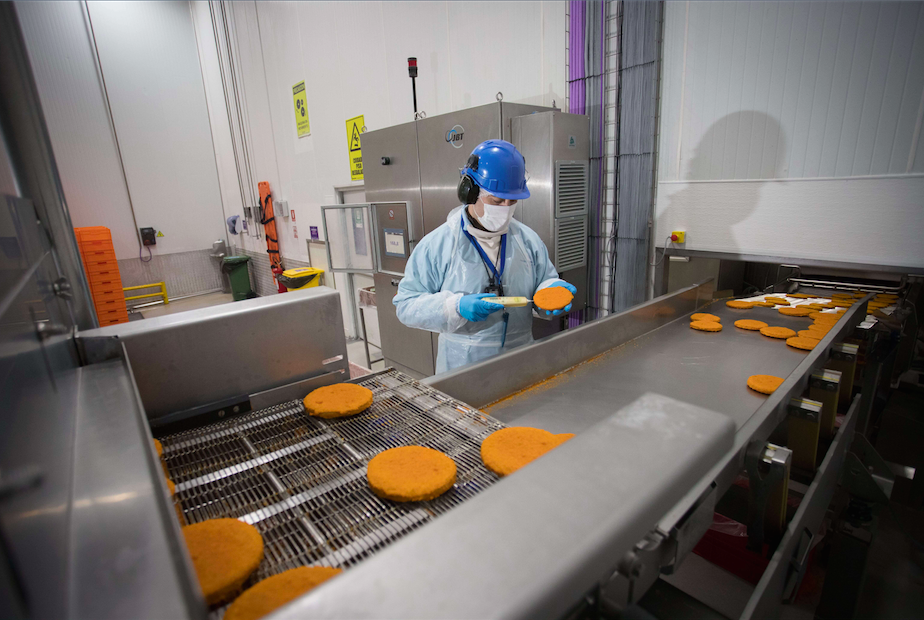
Food safety: The basis of Chile’s food exporting model
When talking about the white meat industry in Chile, Juan Carlos Domínguez, Executive President of ChileCarne, is clear: “Since its inception, our industry has set its eyes on foreign markets, some as demanding as the United States, Japan, or South Korea, which meant working under the highest health and food safety standards. This allowed us […]

When talking about the white meat industry in Chile, Juan Carlos Domínguez, Executive President of ChileCarne, is clear: “Since its inception, our industry has set its eyes on foreign markets, some as demanding as the United States, Japan, or South Korea, which meant working under the highest health and food safety standards. This allowed us to be ready to face the risks of infection from Covid-19, and thus ensure the health and well-being of our workers and their families, while maintaining our product supply throughout Chile and foreign markets.” For years, the pork and poultry industries have been implementing various ongoing programs to produce safe foods. These programs are implemented throughout the entire production chain, whether they are feed-producing plants, animal farms, during transportation or in slaughterhouses, where meat is finally produced. The programs can be split into two groups: microbiological safety and chemistry.
Miguel Adasme, veterinary doctor of ChileCarne, is actively involved in these issues. He points out, “regarding salmonella -the bacteria that produces the most foodborne illnesses in the world and the industry- there are self-monitoring as well as official programs; i.e., the ones run by industry/companies, and the official programs implemented by the proper health authority, in this case, the Agricultural and Livestock Service (SAG).”
The industry works heavily on animal farms, where veterinary drugs authorized by SAG are the only ones to be used. “In this sense, there are good drug-use practices on farms, thus ensuring that the meat produced from an animal is safe from the standpoint of drug residues,” added the veterinarian.
Regarding companies’ efforts in this field, they are always trying to optimize production processes and develop technological innovations. An innovative project was carried out at a plant located in the O’Higgins Region. It added copper alloys and coatings in poultry and pork processing lines. After years of research and validation, it was determined that the already known bactericidal properties of copper also had enormous preventive potential when used on surfaces that come into direct contact with meat products, which makes it possible to strengthen food safety controls inside the plant.
